From the organization:Snapshot Safari
Finished! Looks like this project is out of data at the moment!
The Team
Research Team
Kaitlyn Gaynor
| Postdoctoral researcher, National Center for Ecological Analysis and Synthesis, University of California - Santa Barbara. As a wildlife ecologist and conservation biologist, I am interested in understanding the dynamics of ecosystems to promote the coexistence of humans and wildlife. I have been conducting research in Gorongosa National Park since 2014, and my first camera trap study examined wildlife activity around human settlements in the park. In 2016, I led the establishment of a systematic camera trap grid in the park to document the spatial and temporal patterns of wildlife species as the ecosystem continues to recover. |
Meredith Palmer
| Postdoctoral researcher, Princeton University. I study predator-prey dynamics in terrestrial mammal systems, examining the direct and indirect effect of predators on prey behavior, prey demography, and ecosystem functioning. Currently, I am interested in how ecological communities respond to predator reintroductions. I have to set up and manage camera trapping projects across eastern and southern Africa and North America, including Snapshot Serengeti, Snapshot Safari, and Eyes on the Wild. We use these data to understand the cascading effects of complex predator guilds on ecosystem functioning. |
Department of Scientific Services Team
Marc Stalmans
| Director of Scientific Services. My role is to coordinate the scientific research happening in the Park, both by our team and by other scientists and students. The results of these studies are used to guide the management of the Park both in the short and the long-term. Having been involved in the restoration project since 2006, I’ve come to appreciate the tremendous dynamism in Gorongosa and in the conservation project. Nature itself is making an astounding comeback! |
Piotr Naskrecki
| E.O. Wilson Laboratory Director. My role at Gorongosa National Park is two-fold. As a scientist, I am helping develop a modern research facility, the E.O. Wilson Laboratory, which will become the leading hub of biodiversity research in Mozambique and, I am convinced, most of southeastern Africa. An important element of the Lab is a synoptic collection of animals and plants found in the Park, which will be available to students and scientists hoping to learn to identify and protect Mozambique’s biological heritage. As a nature photographer and writer, I am involved in projects that promote Gorongosa’s biological riches to the world. This includes writing a field guide to its wildlife and a planned documentary about Gorongosa’s insect life. |
Department of Conservation: Gorongosa Carnivore Project Team
Paola Bouley
| Associate Director, Department of Conservation. I am an ecologist and conservationist dedicated to the recovery of lions, large carnivores and their co-existence with human communities in the Gorongosa Ecosystem of Central Mozambique. In May of 2012 I co-founded Projecto Leões da Gorongosa and led the first-ever research on the Park's indigenous lion population, as well as capacity-building and strategic conservation efforts focused on their recovery. As part of the lion research, in 2015 we launched WildCam Gorongosa - a global, citizen-science initiative in partnership with HHMI. In 2016, I transitioned from the Department of Scientific Services to the Department of Conservation to work side-by-side with the Park's rangers to secure the landscape, sweep out snares and subsequently reduce poaching by 65%. Once poaching reduced, our Carnivore team was quickly able to expand our work to encompass the recovery of all large-carnivores across Gorongosa N.P. and adjoining concessions, including leopard, hyaena and Painted Dogs. The re-wilding efforts really kicked off in 2018 when we translocated the first pack of Painted Dogs to the Park who soon after sired 25 new pups in 2019 - the 1st pups born in the Park in decades. In 2019 we translocated and released the 2nd pack of dogs. |
Antonio "Tonecas" Paolo and Mercia Angela
| Tonecas and Mercia co-lead pangolin Painted dog, leopard and lion research and recovery efforts for Gorongosa National Park. Both graduates of the Veterinary Sciences program at University of Eduardo Mondlane, they are among Mozambique's 1st generation of wildlife veterinarians leading conservation efforts in their home nation. Their work includes Mozambique's 1st pangolin rescue center focused on post-traumatic care, rehabilitation and release of pangolins rescued from the illegal trade destined for Asian markets. They are also part of the core team working on the Painted Dog translocation program and monitoring of leopard and indigenous packs of dogs in the Inhamitanga Forest of the Cheringoma Plateau. |
WildCam Tools
The following volunteers have created tools for WildCam users and researchers to better explore and classify the existing data, for which we are extremely grateful!
Nor Schramm
| Nor has been involved with the Gorongosa classification since around 2015. During that time, he has worked with researchers to clean data for WildCam's online classroom and worked with Lee (see below) to create tools to help users better classify data. His original widely-used trail-cam webpage enabled volunteers to scan through images on either side of the images that were being displayed by the Wildcam server; with recent changes in the WildCam backend, he has updated the application with additional image editing features. Another app designed by Nor and Lee is an analysis application that uses the Gorongosa Lab database to allow users to explore what is going on in the park at a given time. Most recently, Nor and Lee have been involved in post-processing some of first few years of WildCam data to extract additional information on animal behavior and demography, using the help of yet another custom-developed app! |
Lee Reiswig
| Lee is a retired IBM Executive and has been a Zooniverse volunteer since the advent of Galaxy Zoo. He has done nearly a quarter million classifications on various projects since then. He started with Wildcam Gorongosa at its inception and was attracted to Gorongosa because of its holistic approach to restoration - including the surrounding community and the government as well as the animals. Lee has worked extensively with Nor to design innovative applications for classifying and analyzing WildCam data and has assisted Kaitlyn, Meredith, and Bridget with numerous data processing projects. |
Vasco Galante
| Vasco serves as the Director of Communications at Gorongosa National Park, creating local and international awareness for the Park and transforming Park visitors into Gorongosa advocates. Many thanks to Vasco for providing the Portuguese translation for the WildCam Gorongosa platform! |
Organizations
Gorongosa Restoration Project
| The Gorongosa Restoration Project is a nonprofit organization that, in partnership with the government of Mozambique, is working to manage and restore Gorongosa National Park. The restoration project focuses on conservation, scientific research, community development, and ecotourism to sustain Gorongosa as a flagship national park for future generations. |
HHMI Biointeractive
| The Howard Hughes Medical Institute is a nonprofit organization whose mission is to advance biomedical research and science education. The HHMI BioInteractive website provides free multimedia resources to science educators and students. They include multimedia interactive resources, such as apps, animations, videos, click and learns, and virtual labs. |
Zooniverse
| The Zooniverse and the suite of projects it contains is produced, maintained, and developed by the Citizen Science Alliance (CSA). The member institutions of the CSA work with many academic and other partners around the world to produce projects that use the efforts and ability of volunteers to help scientists and researchers deal with the flood of data that confronts them. |
Funding Support
The Rufford Foundation
| The Rufford Foundation provided support for the initial set-up of the long-term camera trap grid in Gorongosa National Park. The Rufford Small Grants Foundation offers grant funding for nature conservation programmes and pilot projects. |
Explorers Club
| The Explorers Club provided support for the initial set-up of the long-term camera trap grid in Gorongosa National Park. The Explorers Club is an international multidisciplinary professional society dedicated to the advancement of field research and the ideal that it is vital to preserve the instinct to explore. The Explorers Club promotes the scientific exploration of land, sea, air, and space by supporting research and education in the physical, natural and biological sciences. |
IdeaWild
| IdeaWild provided support for the initial set-up of the long-term camera trap grid in Gorongosa National Park. IDEA WILD seeks to minimize the loss of biodiversity by empowering people on the front lines of conservation by awarding small equipment grants to conservation professionals around the world. These equipment grants advance biological research, conservation education, community outreach, conservation management, field training, and professional development in areas where it is needed most. |
National Science Foundation
| The National Science Foundation (NSF) provided support for the lead researchers, K. Gaynor and M. Palmer through the Graduate Research Fellowship Program and the Postdoctoral Research Fellowship Program. The mission of NSF is to promote the progress of science; to advance the national health, prosperity, and welfare; and to secure the national defense. NSF envisions a nation that capitalizes on new concepts in science and engineering and provides global leadership in advancing research and education. |
University of California - Berkeley Center for African Studies
| Berkeley's Center for African Studies provided support to K. Gaynor through the Pre-Dissertation and Dissertation Rocca Fellowships. The Center works with many other institutions and programs across the Berkeley campus to support scholarly activities on a broad range of topics that address contemporary African issues. The Center provides fellowship opportunities for students majoring in traditionally defined fields to develop a comprehensive interdisciplinary program in African Studies. |
Princeton University - Department of Ecology and Evolutionary Biology
| M. Palmer is a postdoctoral researcher at Princeton. The Department of Ecology and Evolutionary Biology (EEB) at Princeton has a broad and interdisciplinary perspective, with a culture that embraces intellectual curiosity and spans a range of fields. They take a multi-dimensional approach to the study of ecology and evolutionary biology, examining phenomena across organizational scales. EEB is recognized worldwide as a unique department where innovative theories help us understand and manage real world biological systems. |
Schmidt Science Fellows
| K. Gaynor is a Schmidt Science Fellow. The Schmidt Science Fellows, in partnership with the Rhodes Trust, seeks to create a new generation of scientific leaders. Our vision is to give aspiring scientific minds a broader perspective, the ability to engage in an interdisciplinary way, and the opportunity to make a lasting impact on society. |
National Center for Ecological Analysis and Synthesis
| K. Gaynor is a postdoctoral researcher at the National Center for Ecological Analysis and Synthesis in Santa Barbara, California. NCEAS works to accelerate scientific discoveries that will enhance our understanding of the world and benefit people and nature, as well as to transform the scientific culture to be more open, efficient, and collaborative. |
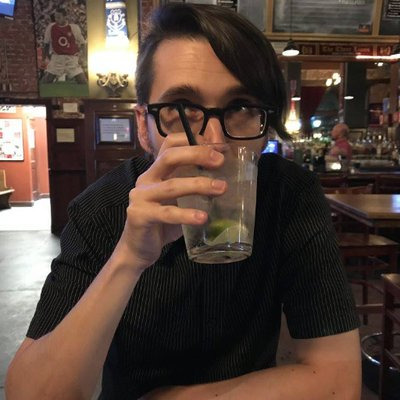




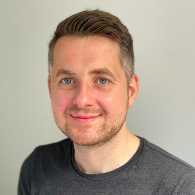



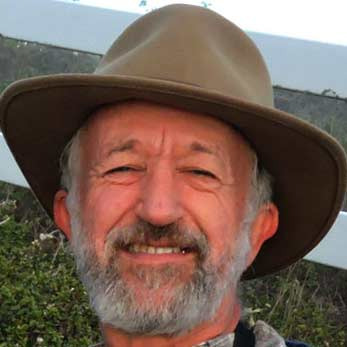


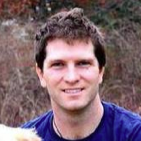 DZM@DZM
DZM@DZM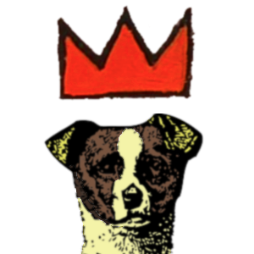

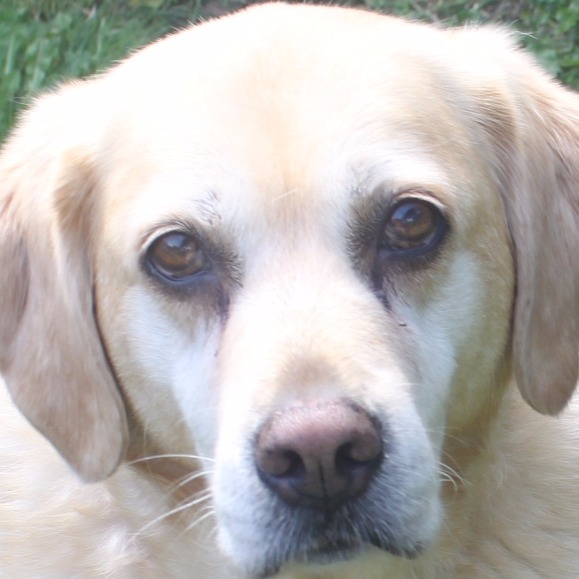
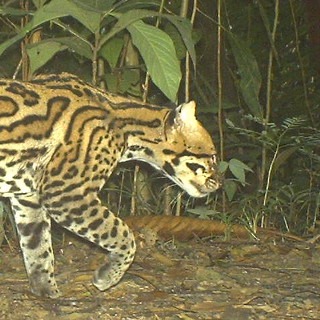




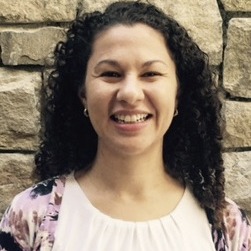


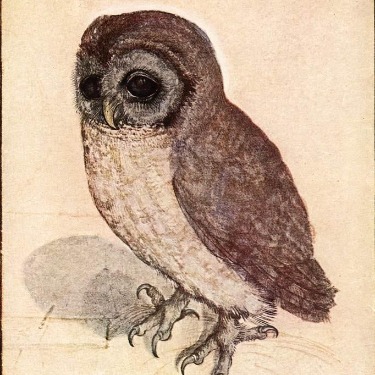
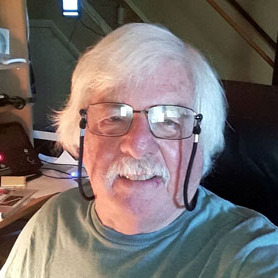
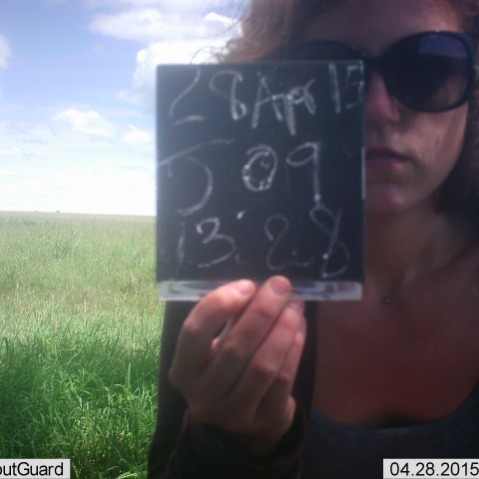
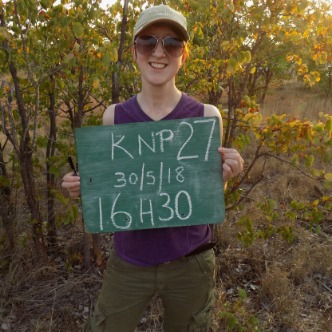
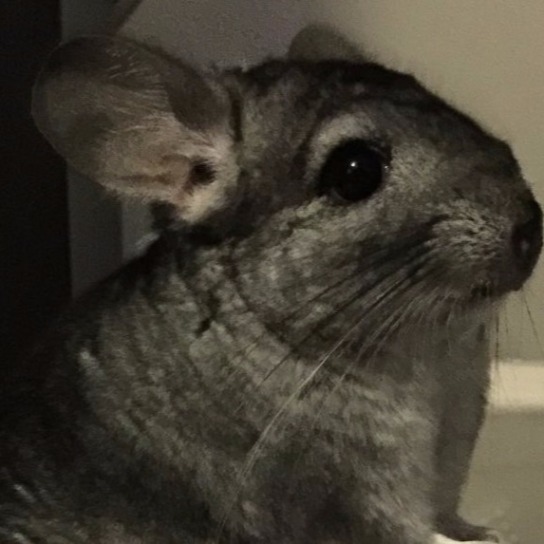

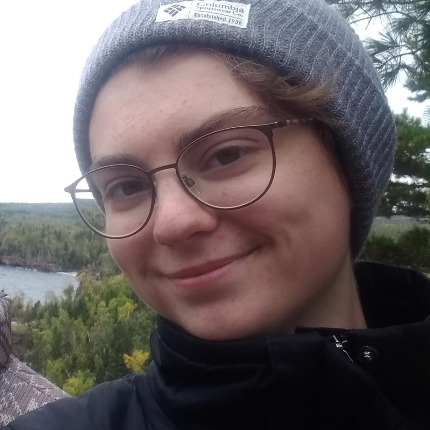
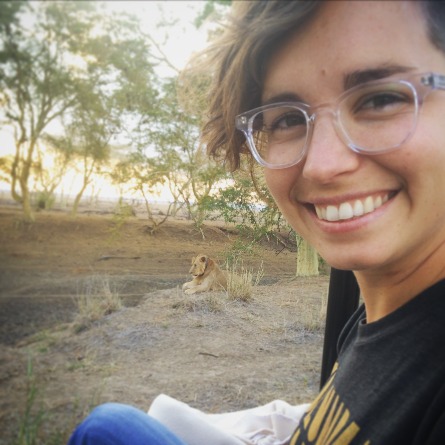








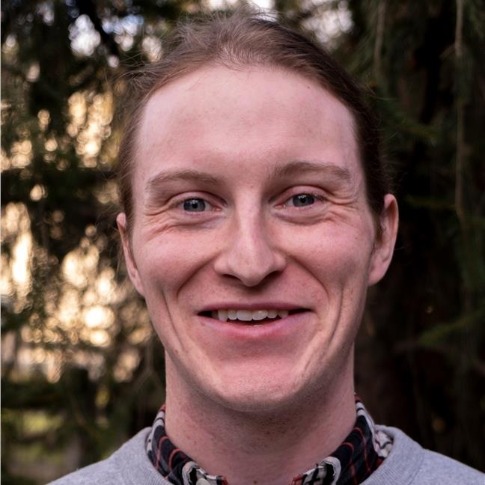

















 DZM@DZM
DZM@DZM































